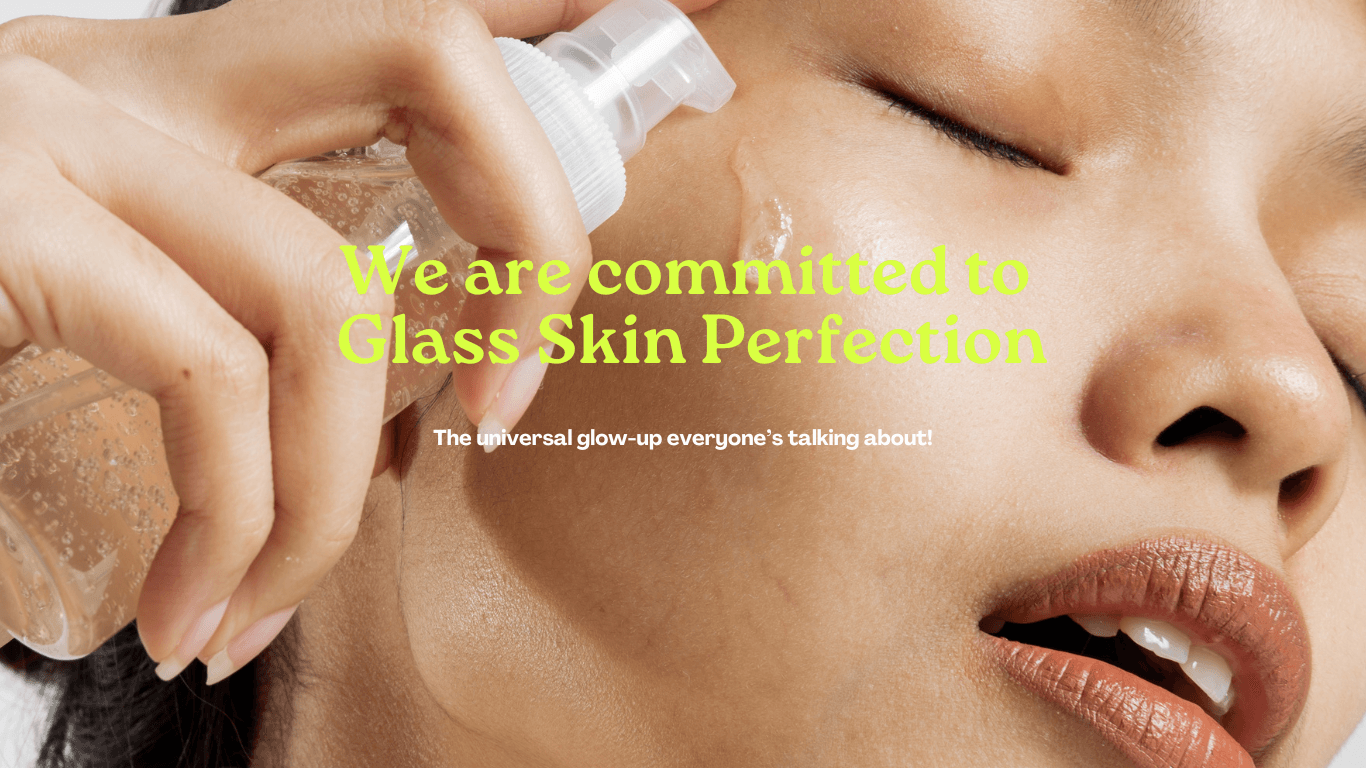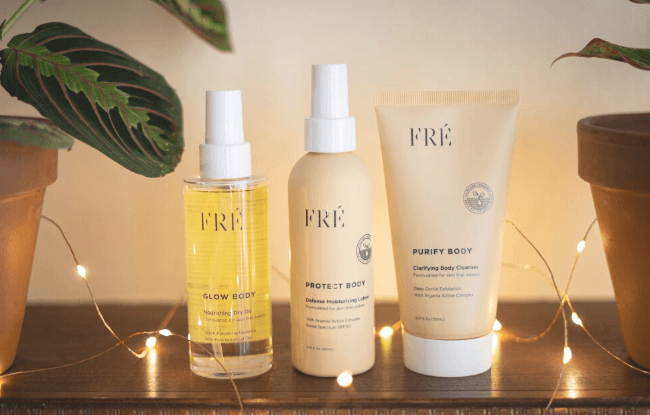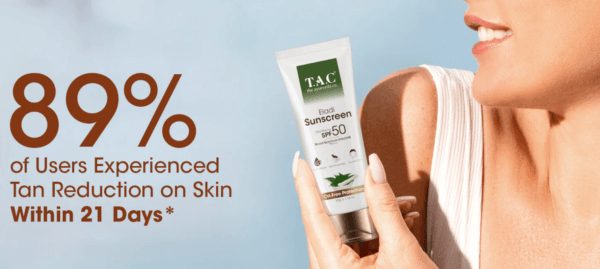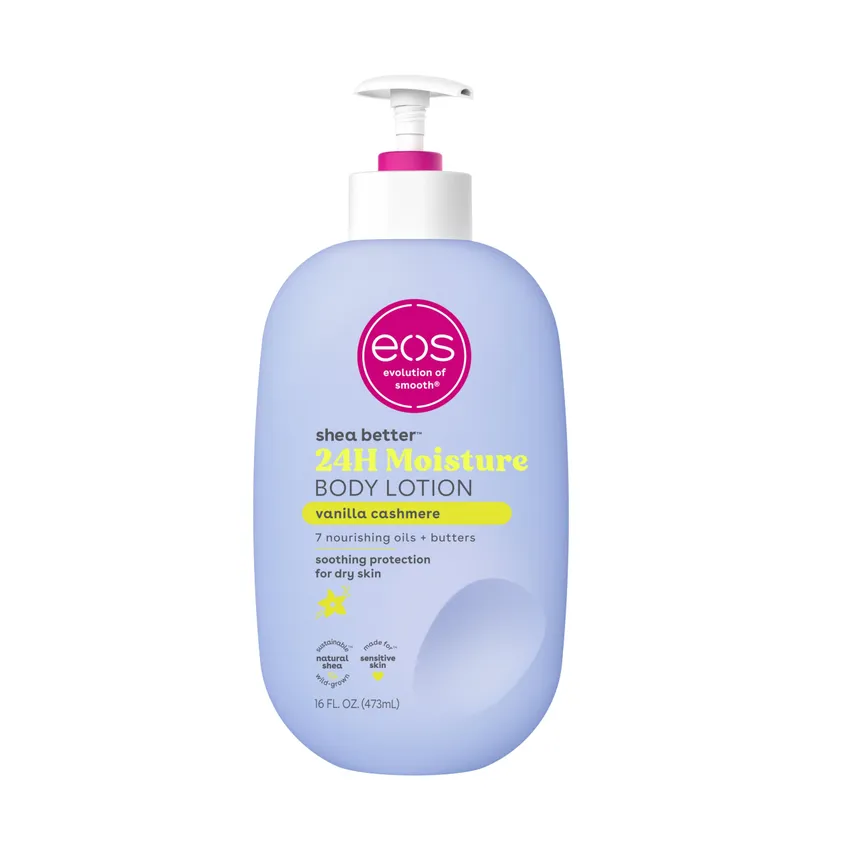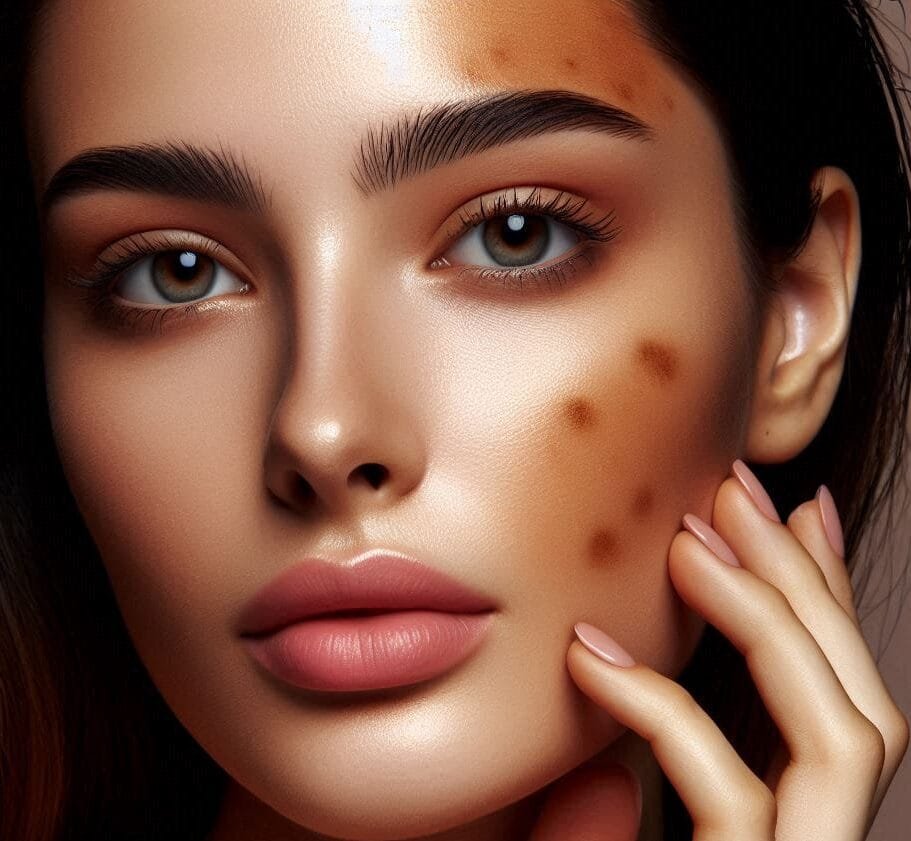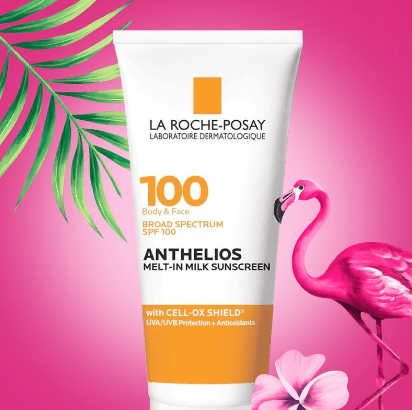Glass skin is the talk of the town in the beauty world these days. In fact, for a year or two, the concept has created a buzz that has attracted people of all genders equally. Moreover, it would be unfair to say that every other woman craves glass skin because men are not behind in the race. Therefore, this trend is truly universal, appealing to anyone seeking flawless, radiant face. Wondering what glass skin is and how you can achieve it? This blog answers all these questions and suggests a skincare routine that can transform your textured skin into flawless glass skin.
What is Glass Skin and Why is it Trending?
Glass skin is a Korean concept that refers to flawless skin that is free of open pores and radiates (or shines, to be more accurate) in a way that gives you an effect of glass reflection. However, though many people are using filters these days and claim to have glass skin, if you are not a fan of filters and truly want to transform, then here is a skincare routine for you that you can follow to get the glow and smooth glass skin. Furthermore, this routine will help you achieve a natural, radiant look without relying on digital enhancements.
The Ultimate Skincare Routine for Achieving Glass Skin
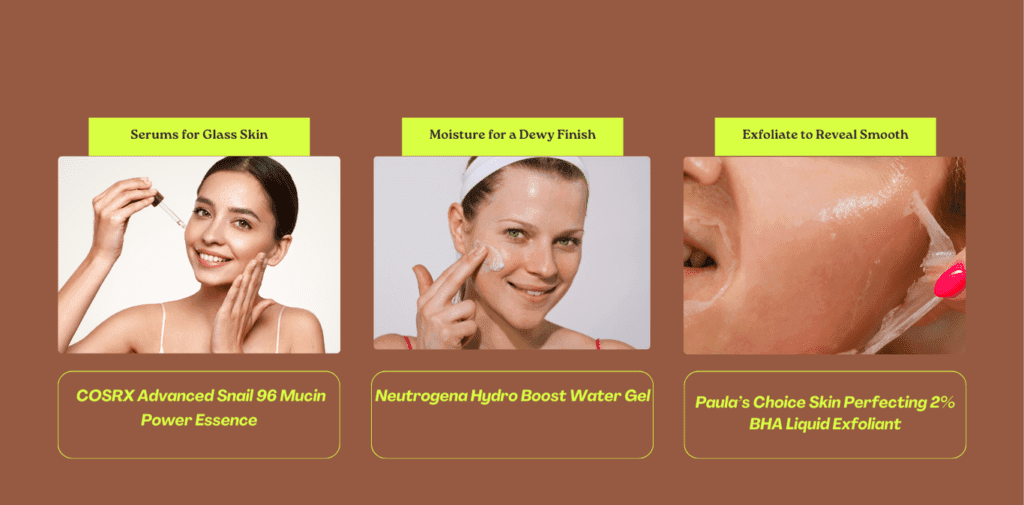
- Double Cleanse for a Flawless Base Cleansing is essential to creating a smooth, glass-like base. Double cleansing, which involves using an oil-based cleanser followed by a water-based one, removes impurities, minimizes pores, and leaves skin refreshed. For a gentle yet hydrating cleanse, consider CeraVe Hydrating Facial Cleanser, which retains moisture and helps restore the skin barrier—a key to glass skin.
- Use Hydrating Serums for Glass Skin Serums are vital in achieving the glass effect. Products with hyaluronic acid or snail mucin, like COSRX Advanced Snail 96 Mucin Power Essence, deeply hydrate while promoting elasticity and resilience, enhancing that glassy finish.
- Lock in Moisture for a Dewy Finish Moisturizers are essential to seal in hydration and keep your skin plump. Opt for a lightweight gel like Neutrogena Hydro Boost Water Gel, which offers intense hydration for a long-lasting dewy glow, while hyaluronic acid supports a healthy skin barrier, critical for glass skin.
- Exfoliate to Reveal Smooth, Radiant Skin Regular exfoliation helps remove dead skin cells and brightens your complexion. Consider using Paula’s Choice Skin Perfecting 2% BHA Liquid Exfoliant, which gently clears pores and promotes a smooth, radiant look—an essential step in achieving glass skin.
- Use Face Masks to Brighten and Hydrate Face masks, especially rice-based ones, play a big role in glass skin routines. Koreans often use rice products to keep their skin bright and even-toned. You can make a DIY mask with rice water for gentle, organic brightening, or opt for prepared masks with antioxidants for added protection against free radicals.
- Incorporate a Toner for Better Absorption Toners are a helpful step in preparing the skin to absorb serums and moisturizers better. Applying toner after cleansing balances the skin’s pH and enhances hydration, making it a great addition to any skin regimen.
The Importance of a Healthy Skin Barrier
To achieve and maintain glass skin, first and foremost, a strong skin barrier is essential to retain hydration and resist environmental stress. Notably, ingredients like niacinamide, antioxidants, and hyaluronic acid not only support the skin barrier but also prevent dehydration and dullness, which are both crucial for that smooth, radiant look. Moreover, a strong skin barrier serves as your skin’s first line of defense, keeping it resilient and able to retain the hydration needed for a glassy appearance.
Product Comparisons for Glass Skin Seekers
For those exploring various products, here’s a quick comparison of popular items that support a glass routine:
| Product | Key Ingredient | Benefit for Glass Skin | Texture | Price |
| SkinMedica Replenish Hydrating Cream | Hyaluronic Acid, Vitamin E | Deep hydration, barrier support | Rich cream | $68.00 |
| iS Clinical Cleansing Complex | Willow Bark Extract | Gentle cleanse, minimizes pores | Gel | $25.00 |
| COSRX Advanced Snail 96 Mucin Power Essence | Snail Mucin | Boosts elasticity, intense hydration | Light essence | $34.14 |
| Caudalie Beauty Elixir | Essential oils, antioxidants | Brightens, tightens pores | Mist | $20.00 |
DIY Skin Tips and Tricks to Try at Home
DIY enthusiasts can easily try natural ingredients like rice water or Aloe Vera gel for a budget-friendly skin boost. For instance, rice water works well as a toner, helping to tighten pores and gently brighten the complexion. Meanwhile, Aloe Vera provides soothing hydration, making it a great addition to any skincare routine.
FAQs on Glass Skin: Your Common Questions Answered
- What Lifestyle Choices Can Help You Achieve Glass Skin?
- Prioritize Quality Sleep
- A solid night’s sleep is essential for skin repair and rejuvenation. Moreover, going to bed at the same time each night and getting around eight hours of sleep consistently boosts blood flow, collagen, and cellular repair, thereby resulting in glowing skin. In addition, maintaining a regular sleep schedule can enhance overall skin health.
- Get Moving
- Daily physical activity enhances circulation, which delivers essential nutrients to your skin. This improved blood flow can give your skin a natural, healthy radiance.
- Eat a Skin-Nourishing Diet
- A diet rich in lean, healthy fats from sources like nuts and fish not only keeps skin hydrated and supple, but also supports overall health. Moreover, fresh fruits and vegetables, packed with antioxidants, help protect the skin from environmental stressors and free radicals. Consequently, this protection can prevent dryness, damage, and discoloration over time. Ultimately, antioxidants are crucial for maintaining a vibrant, youthful appearance while shielding the skin from external damage. Therefore, incorporating these foods into your diet is essential for both skin health and overall well-being.
- Prioritize Quality Sleep
- Can Men Achieve Glass Skin Too?
- Absolutely! This routine is suitable for all skin types and is gender-neutral, making it accessible to everyone.
- How Long Does It Take to See Results?
- With consistent use, you may start to notice visible improvements in texture and hydration within two to four weeks.
Dermatologist Insights
“I would define ‘glass skin’ as skin that has a glow or an enhanced light reflection”, says Dr. Jennifer Holman, MD, FAAD, a board-certified dermatologist and board-certified micrographic dermatologic surgeon.
Get Started on Your Glass Skin Journey Today!
What are you waiting for? Start your skincare routine now to rock a radiant glass skin look! Remember, achieving flowless skin is a journey, and each step brings you closer to that smooth, dewy glow.
ChicSkin participates in affiliate programs like the Amazon Services LLC Associates Program. As an Associate, we earn from qualifying purchases. This means Chic skin may earn a commission from purchases made through links in this post at no extra cost to you.

